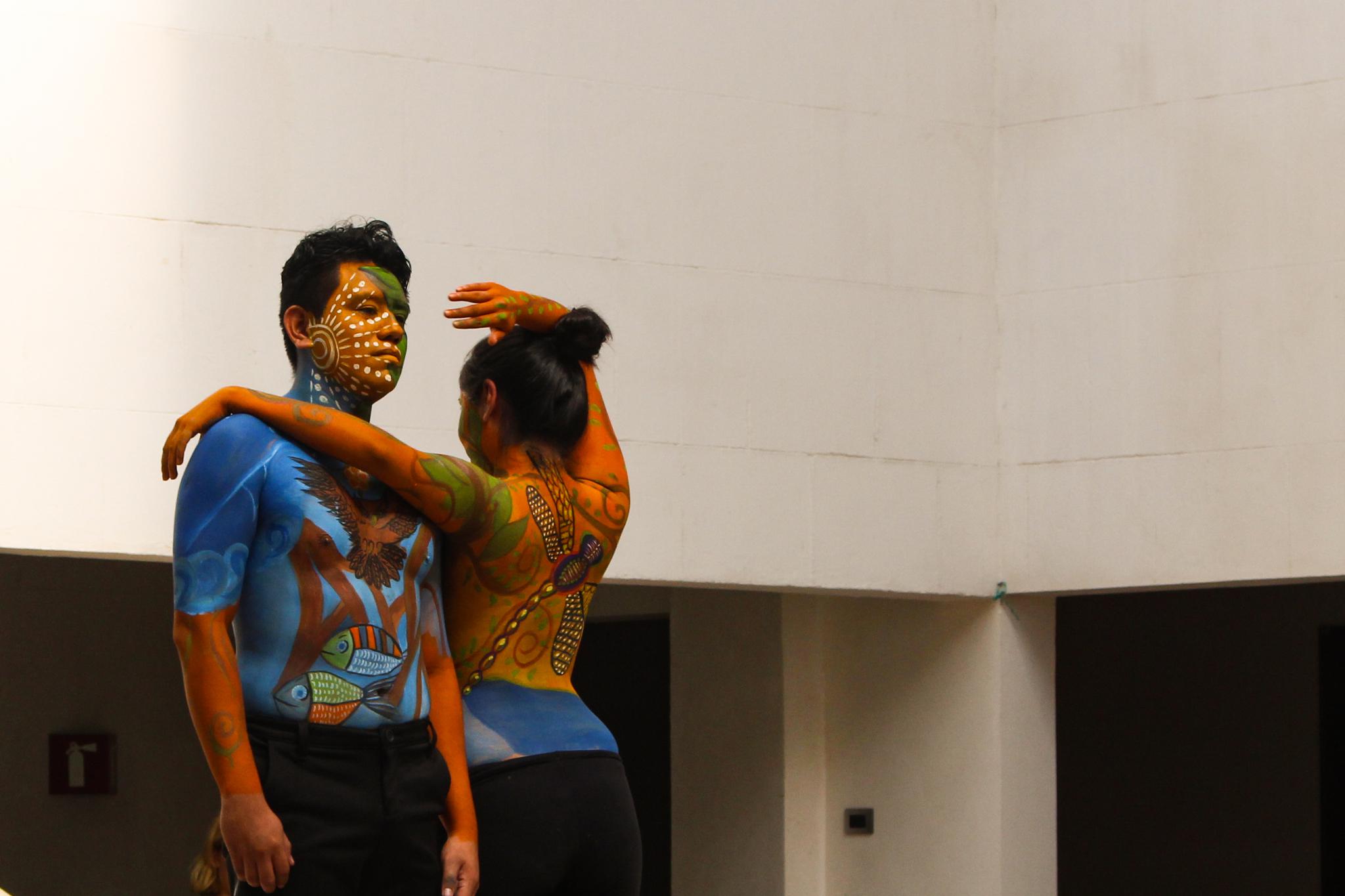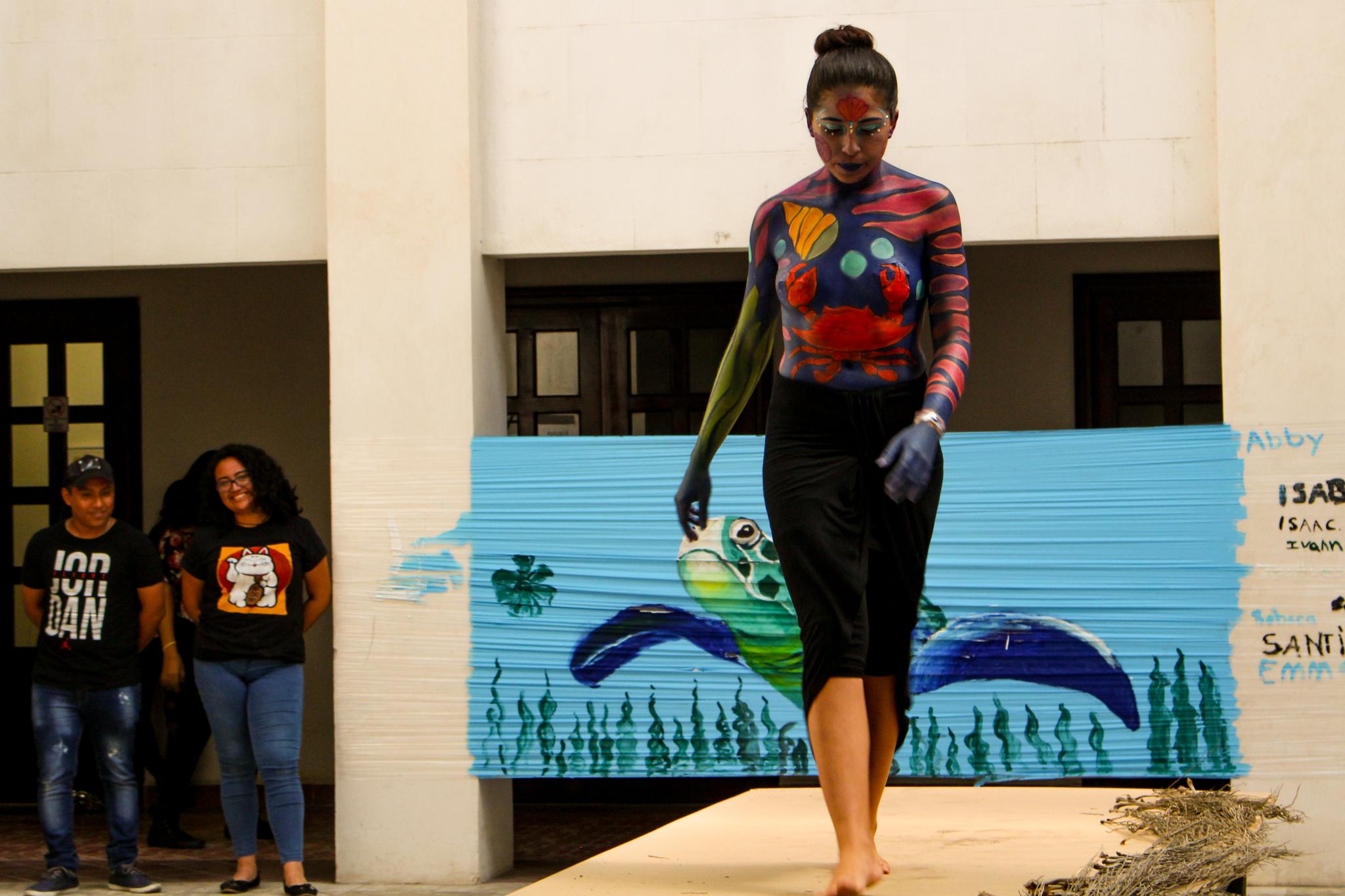On independence celebrations and anniversaries
Sept. 22, 2019 - Last weekend, we celebrated Mexico’s Independence Day. On Saturday, Julia (my co-teacher/roomie/platonic Carmen life partner) and I ran a 5K through the streets of the centro and along the malecón, which were adorned in red, white and green in preparation for Sunday night’s grito. The race started around 6:30, and we watched the sun dip into the ocean as we ran.
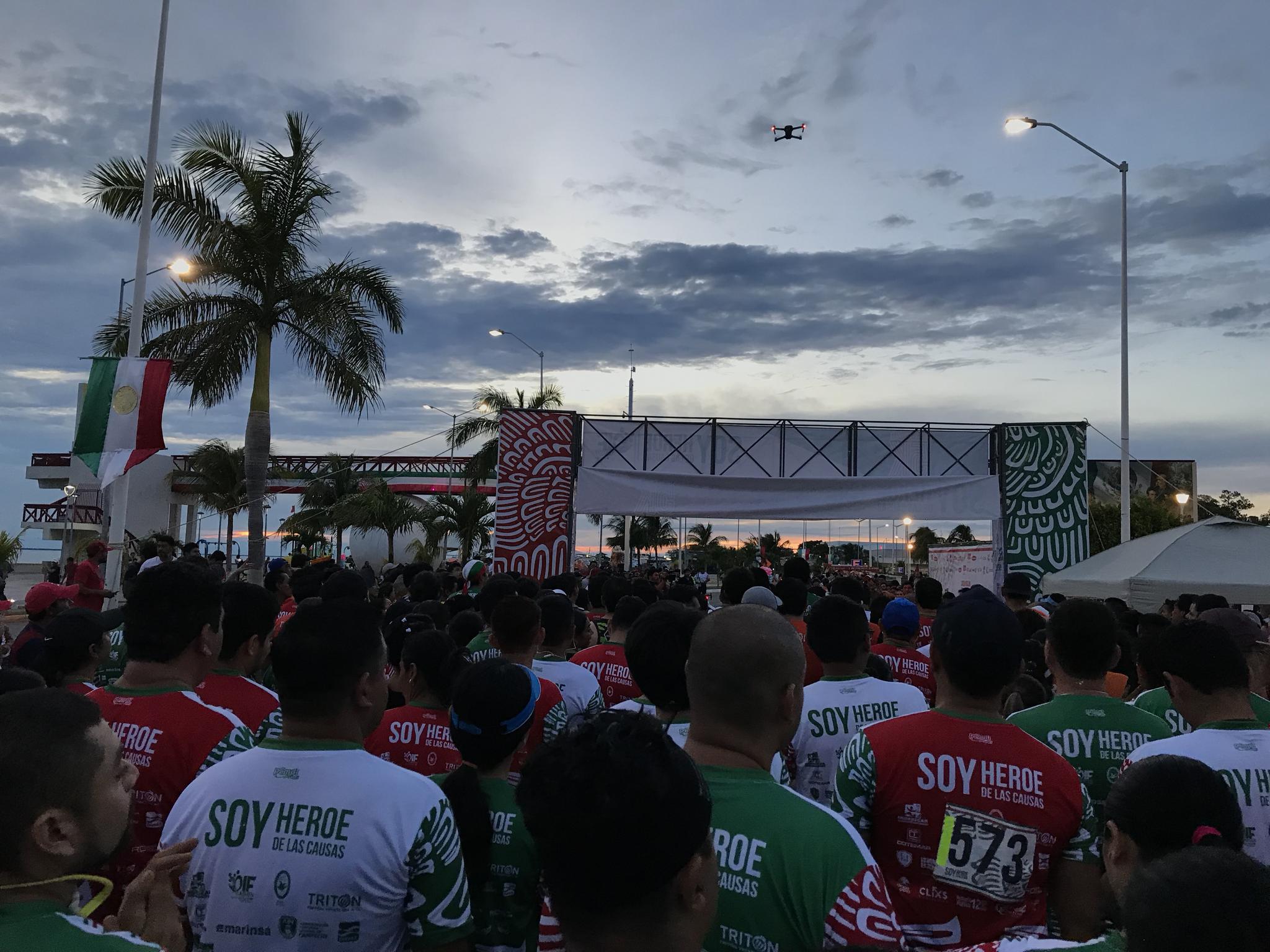
I ran as fast as I could, sweat more than I ever have before (this humidity is really killer), and finished in 24 minutes 41 seconds. I ended up coming in third in my age group (20-29), which meant I was called up to the podium, where the municipal president and his wife gave out medals and posed for photos. It was a beautiful night, and I felt a part of the community.
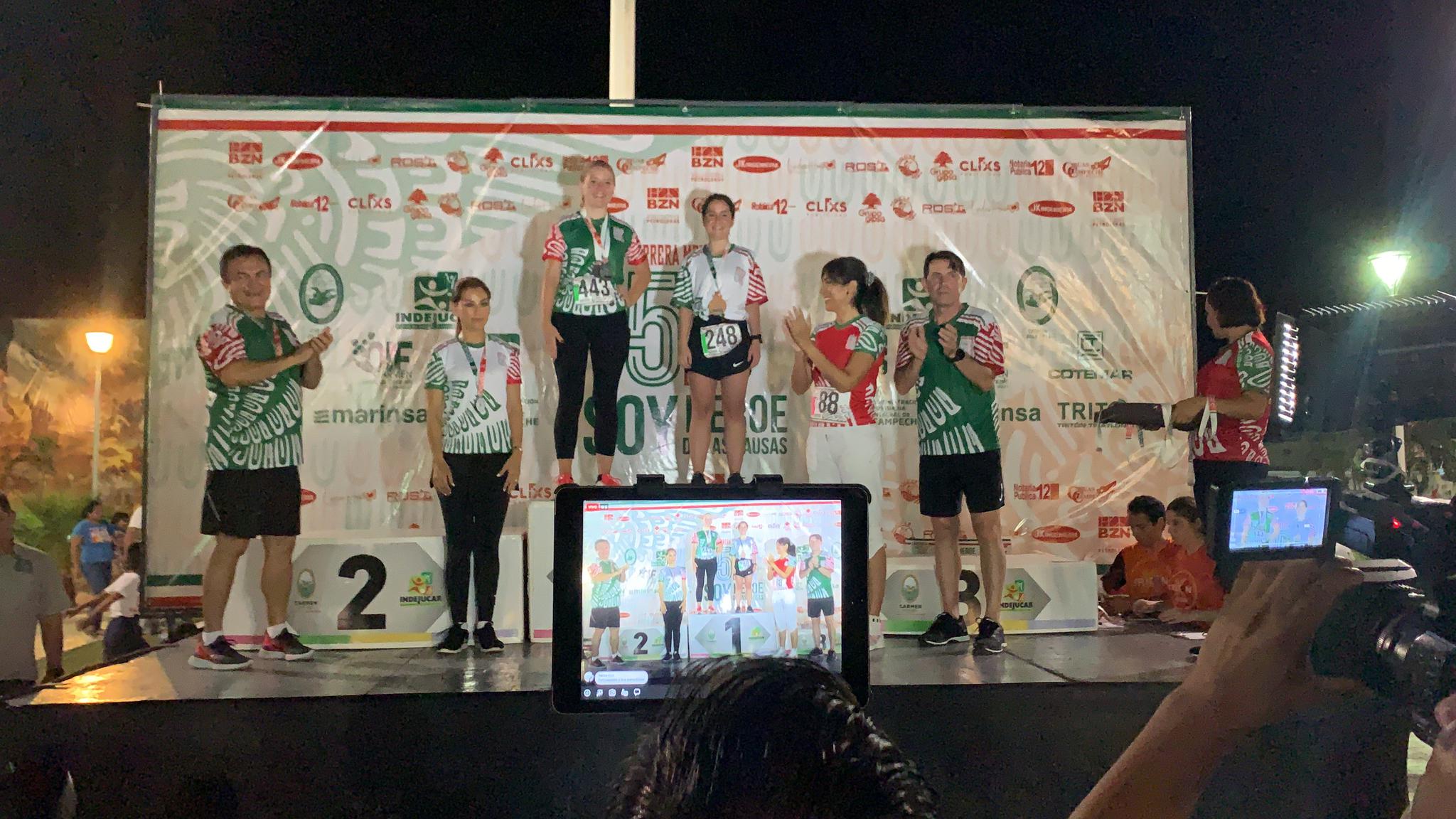
The next day, we ventured again into the centro, with the hopes of buying fruit and shirts. It was our first time on the bus in Carmen, which doesn’t sound like a big deal, but it was. Two years ago, during my first week in Mexico City, I had a bad experience on the metro, which I didn’t fully process at the time but left me really scared to take public transit alone or with other women. But the point is, this time around, Julia and I found the bus stop, caught the bus, got off at the right place, were helped by a very friendly driver, and did not feel unsafe. Those may sound like small wins. For me, they are not.
Once we got to the centro, we walked around the park, window shopping through the tarp-covered stands that sell art, jewelry, t-shirts, and woven blouses there. The art vendors have been stuck in the park around the city’s traditional kiosk since their market burned down a few years ago. Two kind older ladies helped me pick out a blouse to wear to the independence celebrations we would go to later that night, and then we bought fruit and ate cochinita pibil in a small restaurant with a view of the ocean.
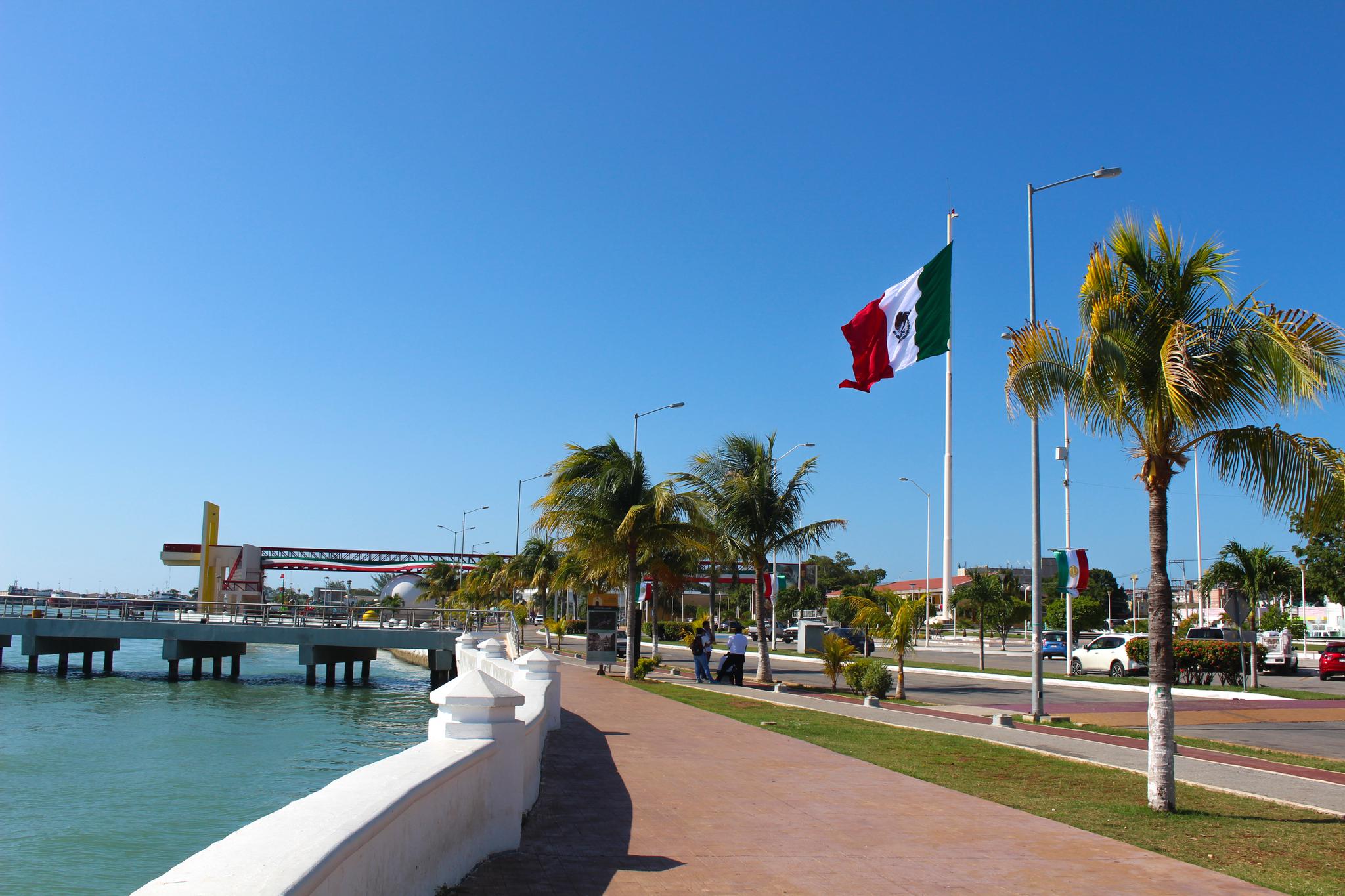
Later that evening, we went to a party at the house of a teacher we work with, where we ate pozole, watched Andrés Manuel López Obrador, the president of Mexico, on Facebook as he yelled “Viva Mexico” from Mexico City’s Zócalo, and sang karaoke.
I’ve been keeping busy at school, spending 15 to 19 hours helping other teachers in their classrooms and planning the weekly conversation and cultural exchange clubs Julia and I are in charge of hosting. Sometimes, the students ask me questions I don’t know how to answer.
“Here, we try really hard to pronounce English words correctly,” one student told me. “Why don’t Americans care about pronouncing Spanish words—like tortilla or México—correctly?”
Other students have asked me about whether any bad things have happened to me in Mexico and about how popular President Trump is in the U.S.
On Fridays, Julia and I run a conversation club in the mornings and a cultural club in the afternoons. The goal of the latter club is to share about culture and society in the U.S. and compare that with students’ own experiences in Mexico.
This club is particularly difficult to plan for, because I have a hard time explaining American culture when I myself am not sure exactly what American culture is—when I think of American culture, I think of a blend of many different cultures: beautiful, complex, and hard to define. I also feel like I would be doing my students a disservice to talk about only the fun, rose-colored parts of life in the U.S., a country that is impossible to understand if you don’t understand its history of slavery, exploitation and institutionalized racism. So, anyway, we have our work cut out for us.
Two weeks ago, one of the things we discussed was 9/11—we thought it was important to talk through the anniversary with our students, because of how it fundamentally changed the U.S., the world, and the relationship between the U.S. and Mexico.
After the presentation, one of the students raised her hand and explained that she had read online that the U.S. government was behind the 9/11 attacks. I paused for a second, and then tried to explain the evidence against that idea. In the U.S., I tried to explain, saying that 9/11 was a government conspiracy is often viewed as disrespectful to the victims of that very real act of terror.
I didn’t get very far, because I didn’t know how to mount a defense against conspiracy theories. This is why: I had taken for granted the fact that for me, a white U.S. citizen, it was preposterous that my government would mount such a horrific attack against its own people. But in other countries in Latin America, teachers and students reminded me after class, that was something that couldn’t be assumed—in fact, history had proved the contrary.
This week in the cultural club, we talked about assumptions. We started the class by having students anonymously write down assumptions they had about the U.S.
“All Americans are tall,” five or six students wrote. “Most Americans own guns.” “Most Americans are white.”
Later we talked about assumptions they thought others had about Mexico or Mexicans.
“Most Mexicans are dark-skinned,” many students wrote. “Mexico is violent.” “Mexicans eat tacos for every meal.”
We discussed the effects of these assumptions: They perpetuate stereotypes, the students said, and they isolate people by shoving them into boxes they don’t fit into.
We closed the class by asking students to think about one word they would use to describe Mexican culture—earlier they had come up with a word to describe American culture.
“Diversity,” they said. “Patriotism.” “Charitable.” “Colorful.” And my favorite, a word that can’t really be translated (but if it could would be along the lines of “f**king awesome”): “Chingón.”
Last week also marked the two year anniversary of the Sep. 19 earthquake. It was weird to remember that day. I thought back to the night of the earthquake, to when we had no electricity, no information, and everything felt so fragile. I’m so thankful to the people who helped me that night and the days after, and I’m so thankful to Mexico for teaching me what it looks like to be strong in the face of adversity. I’m still working on living out what I learned that day: The world can change in a moment. The only thing that matters is the people you have around you.
On Friday night, some students invited Julia and me to Playa Norte, where we drank coffee and sang along to “Yellow” by Coldplay as one of the students played his guitar. In the evenings, wind whips strongly over the water and sands of Playa Norte, cool and refreshing.
The next afternoon, I went to an event at the university museum, a historic building near the city’s centro. Sixteen artists had worked all day, using the bodies of 16 models as canvases to create beautiful representations of the mangroves that surround and protect the island, but which lately have been threatened by increased development. The colors, detail, and symbolism were powerful, and they stuck in my mind as I walked alone along the malecón, toward the bus that would take me home. It was warm, the sun reflecting powerfully against the ocean, and again, I felt grateful.
